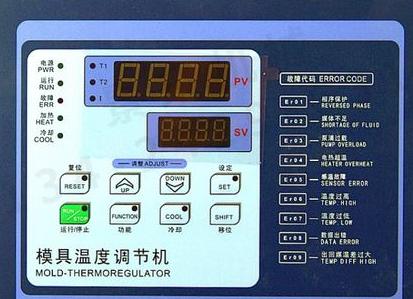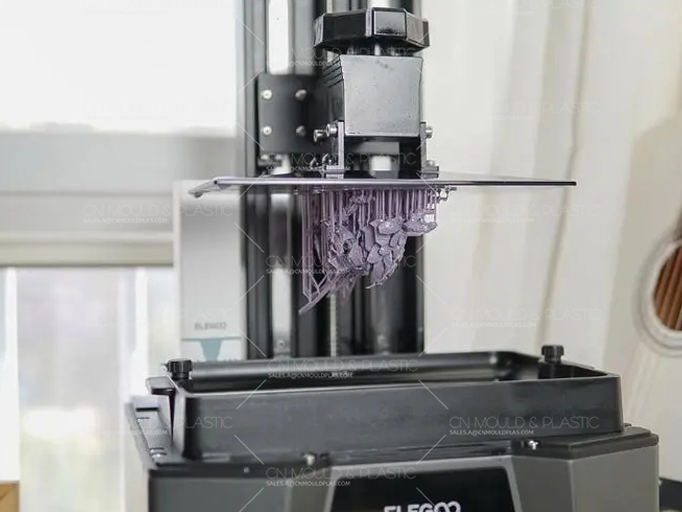Mold temperature refers to the surface temperature of the mold cavity in contact with the product. The choice and setting of mold temperature directly affects the filling of molten plastic, the cooling time of the product, the molding cycle and the quality of the product. Appropriately increasing the mold temperature can increase the melt flow length and mold filling pressure. However, due to the prolonged cooling time, the production efficiency is reduced, and the shrinkage rate of the product is increased.
In the process of injection molding, the temperature of the mold is usually controlled by the cooling medium of constant temperature. When the temperature requirement of the mold is high, the electric heating wire or electric heating rod can also be used to control the temperature of the mold. When the product performance requirements are not high, a certain mold temperature can also be maintained through the balance of natural temperature rise and heat dissipation of the mold cavity after injection.
The temperature of the mold mainly depends on the characteristics of the plastic, the structure and size of the product, the performance requirements of the product and other process parameters (such as the temperature of the melt, injection pressure, injection speed, molding cycle, etc.).

Plastic properties
1. The mold temperature of thermoplastics should be below the plastic thermal deformation temperature.
The mold temperature of thermoplastic plastics should generally be controlled below the plastic thermal deformation temperature to ensure that the parts have enough stiffness without deformation when ejection.
2. Amorphous plastics need lower mold temperatures.
Usually the amorphous plastic melt is injected into the mold cavity and solidifies with the continuous reduction of temperature. Generally, in the case of ensuring the smooth filling of the mold, the mold temperature should be as low as possible, which can shorten the cooling time of the product and improve the production efficiency.
3. Low mold temperature can be used for plastics with low viscosity.
For plastics with low melt viscosity (such as PS), due to its good fluidity and easy mold filling, low mold temperature can be used during processing.
4. High mold temperature can be used for plastics with high viscosity.
For plastics with high melt viscosity (such as PC, polyphenyl ether, polysulfone, etc.), the mold temperature should be higher. Increasing the mold temperature can adjust the cooling speed of the product, so that the product is cooled slowly and evenly.

The control of mold temperature should also consider the wall thickness of the product. When the product is thick wall, the internal and external cooling speed should be as consistent as possible to prevent strain and other defects caused by temperature differences.


